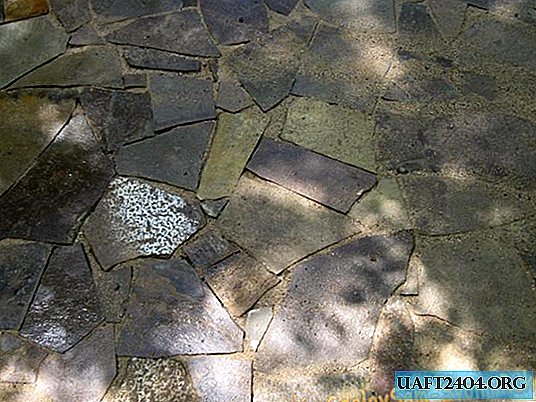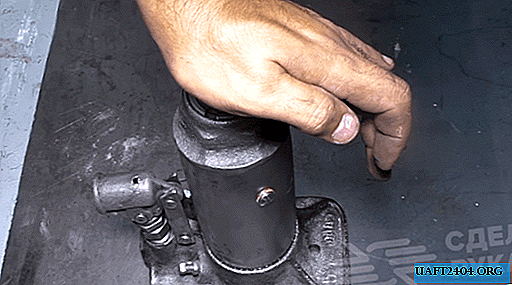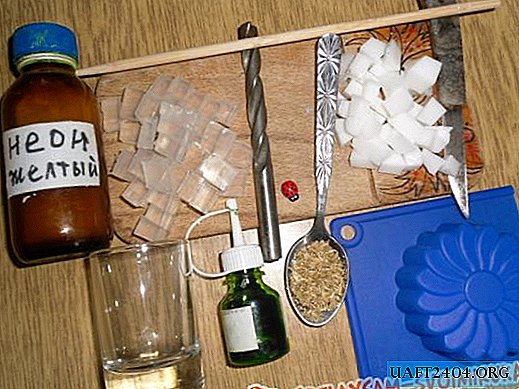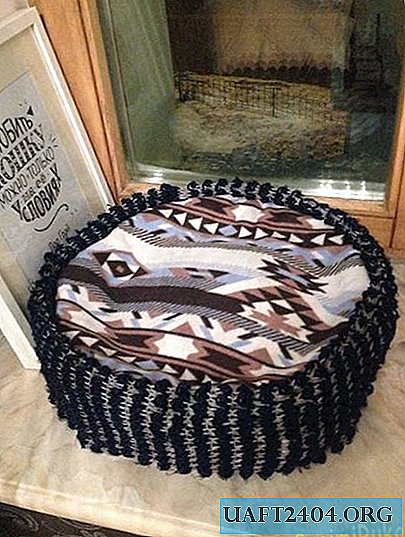Share
Pin
Tweet
Send
Share
Send

So, first you need to prepare the soil for laying the site. To do this, determine the place where the site will be located, dig a pit of small depth of about 20 cm on this place. Then fill it with granulation. If you come across the roots of trees, then you need to cut them. Granulation must be rammed. If this is not done, then over time some sections of the site may sag, and pits will form as a result of this.
After you fill the pit with granulation, and tamp it, you can begin to install the curb (curb). To do this, select sandstone that has at least one straight side. Melon sandstone must be dug at the edges of the site. That is, you indicate the boundaries of the site.


After you dig a stone, making a curb, it must be fixed. To do this, mix the mortar with one share of cement, two shares of granulation, and two shares of sand. With this solution, fix the curbs at the bottom. In order for the curb to be even, you can pull the thread in level from one edge of the platform to the other.
Now you can start laying the sandstone of the site itself. Here you especially need to hammer pegs or reinforcement in the four corners in order to pull the fishing line over them. If the site is large, then approximately every two meters you can hammer extra pegs at the edges of the site. From them you need to pull the fishing line, indicating the level across and along the diagonals of the site. For this you will also need a building level. The longer the level, the smoother the site.
Next, you need to pick up sandstone, laying it on granulation. It is advisable to buy sandstone of a certain thickness. If the stones are different, then this will complicate the laying process. The sandstone with a thickness of 3 cm will be most suitable for the site. If the site is made for parking cars, then you need a stone with a thickness of at least 5 cm. When laying the stone, you can navigate by stretched fishing lines.



If the stone is higher, then it must be tapped with a rubber mallet. If the stone, on the contrary, is below the level, then pour more granulation under it. It is advisable to pour such an amount of granulation so that you always have to tap the stone. Thus, it will settle better, and there will be no voids under it. Otherwise, walking along it, he will stagger.




In the process of laying, you must also have a small pick or hammer. Sometimes it’s difficult to choose the right size of sandstone, or a shape that would suit you. Therefore, with a pick or hammer, you can give the necessary shape to the sandstone, breaking off unnecessary parts from them.


After you finish laying the sandstone, you need to fill the seams between them. This can be done with the same granulation or sand. To do this, sprinkle granulation or sand on the site, and then use a broom to distribute them around the site. This way you fill in all the seams. Remove excess sand or granulation. Then flush the area with hoses and water.




Another option for filling the seams is to plant moss. This process is complex and time consuming. If you order such work from someone, it will cost dearly. But if you manage to fill all the seams with moss, it will look gorgeous. If you yourself decide to do this work, then you need to go to the forest or planting, where moss grows. With a knife, cut it along with the roots. Then soak it in a bucket of water. After that, you can fill the seams with earth with the roots of the moss. In a few weeks, all seams will be covered with moss. Usually, greens go well with natural stone.



Share
Pin
Tweet
Send
Share
Send











